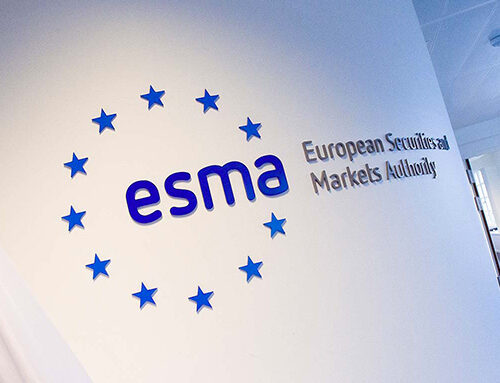Frankfurt, 15 February, 2012 – The European Insurance and Occupational PensionsAuthority (EIOPA) published today its final response to the European Commission’s Call for Advice (CfA) on the review of the IORP Directive.
Press Release Contact: Anzhelika Mayer Phone: +49(0)6995111968 press@eiopa.europa.euEIOPA PUBLISHES FINAL ADVICE ON THE IORP DIRECTIVEREVIEW•EIOPA proposes a “holistic balance sheet” as a means of developing a Europe wide supervisory regime for IORPs •EIOPA suggests enhanced qualitative requirements for governance and risk management of IORPs •EIOPA proposes strengthened and consistent information requirements for defined contribution schemesFrankfurt, 15 February, 2012 – The European Insurance and Occupational PensionsAuthority (EIOPA) published today its final response to the European Commission’s Call for Advice (CfA) on the review of the IORP Directive. In its CfA the Commission expressed the intention to introduce a harmonised, risk3based prudential regime for IORPs. The objective of the regime is to increase the number of pan3European pension funds from its current low level. In addition, the new framework should ensure regulatory consistency between sectors and enhance protection of members and beneficiaries. A key proposal of EIOPA is the “holistic balance sheet”, as a way to achieve the Commission’s aim for harmonisation. It will enable IORPs to take into account the various adjustment mechanisms (conditional indexation, reduction of accrued rights) and security mechanisms (regulatory own funds, sponsor support, pension protection funds) in an explicit way. In other words, the approach proposed by EIOPA is to acknowledge the existing diversity of occupational pension systems in the EU Member States, while capturing all these systems into a single balance sheet. In its advice EIOPA underlines the importance of a quantitative impact study (QIS) because it is crucial to further explore the possible impact on the financial requirements for pension funds that the holistic balance sheet and the various policy options within that approach might have. EIOPA is currently preparing for a QIS exercise and aims to publish results in the second half of 2012. Besides the quantitative requirements, EIOPA’s advice also contains proposals to enhance qualitative requirements in such areas as governance and risk3management. These have been modelled on Solvency II with the necessary adjustments for IORPs. EIOPA advice calls for the strengthening of fit and proper criteria and for a proportionate, i.e. adjusted for the nature, size and complexity of IORPs, implementation of robust internal and external controls and sound risk management frameworks. In addition, the document addresses information provision and member protection, particularly in defined contribution (DC) schemes. According to EIOPA advice, information needs to be relevant, correct, understandable and not misleading. EIOPA calls for the introduction of a Key Information Document for all defined contribution schemes which would allow members to have confidence in the scheme irrespective of where it is located in the EU. Gabriel Bernardino, Chairman of EIOPA, said: “I am pleased that we have been able to make marked progress in the area of European regulation of DC schemes. At the moment, 60 million people rely on DC schemes and I have no doubt that this number will continue to grow in the coming decades. However, this is not the end of the process of developing a European framework for occupational pensions, but merely the beginning”, he added. “In particular, we have to ascertain ourselves via the QIS that the proposed approach stimulates affordable yet secure occupational pension provision in Europe”.

